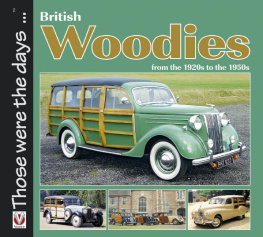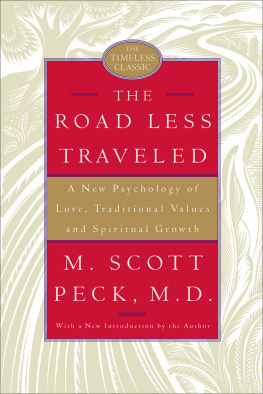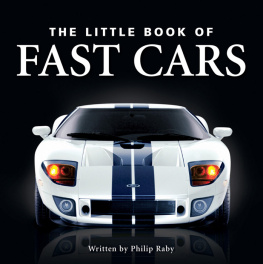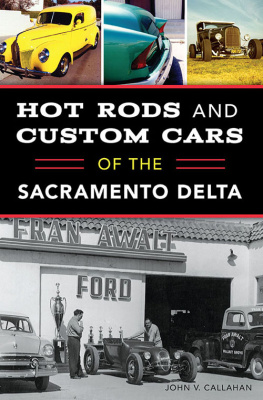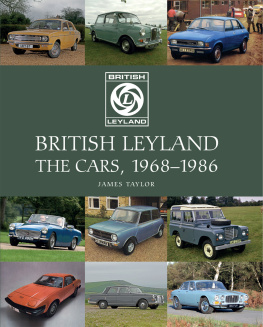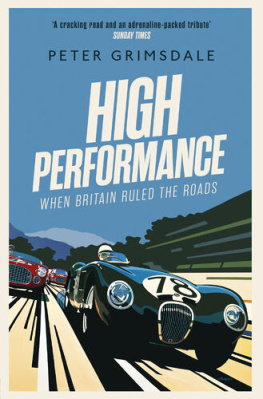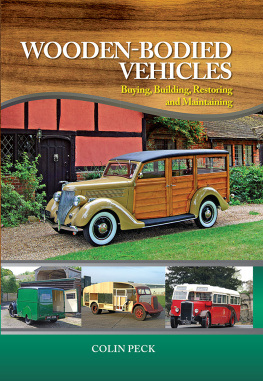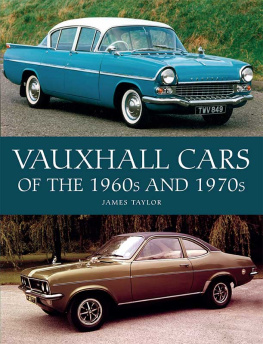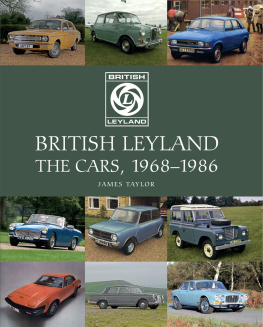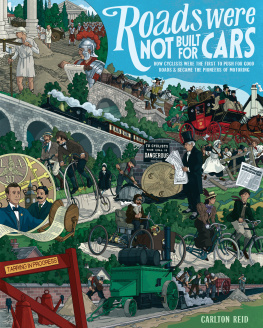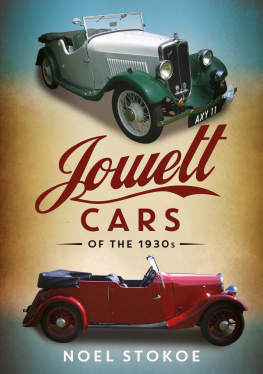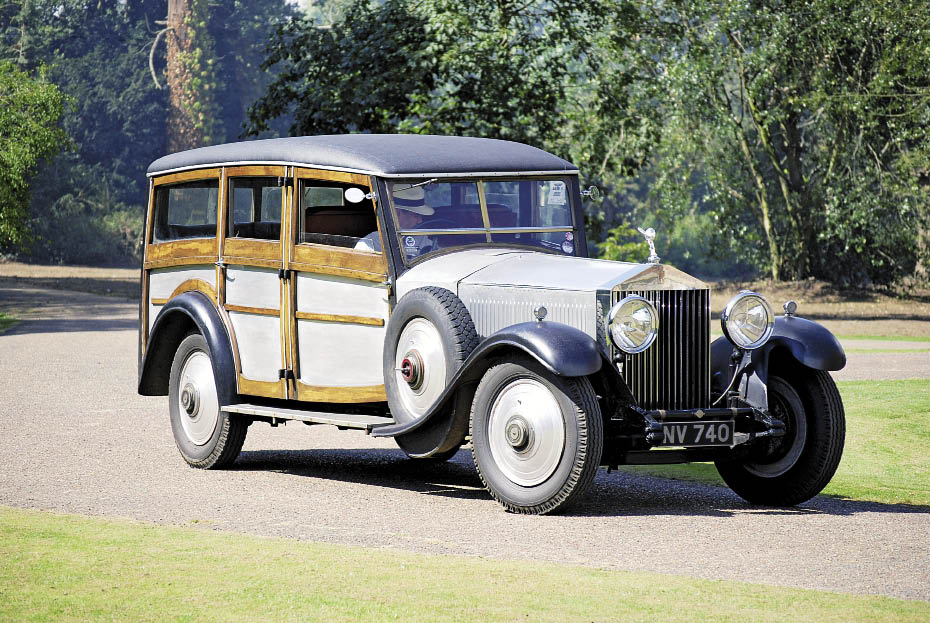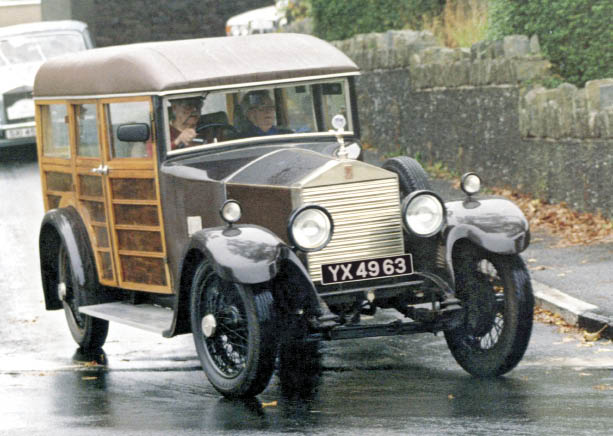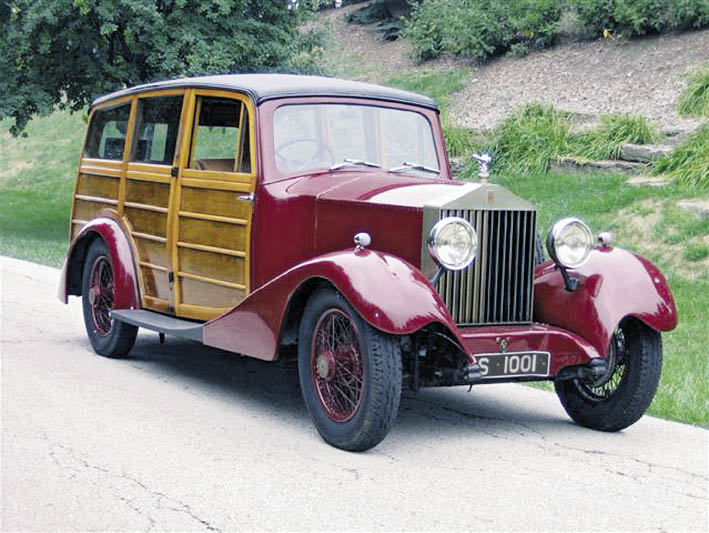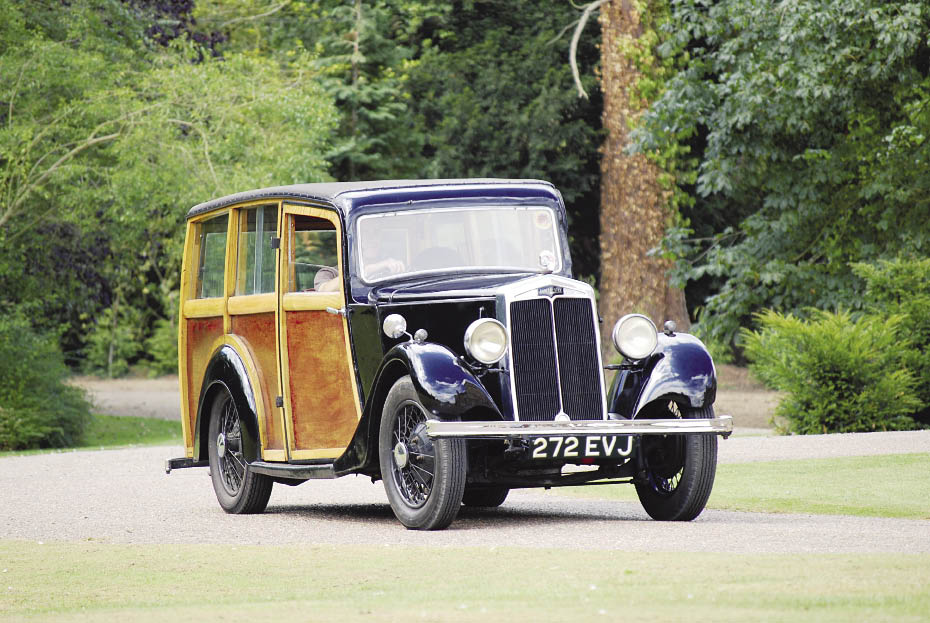Those were the days TM
British
Woodies
from the 1920s tothe 1950s
Colin Peck
First printed in paperback format inMay 2008.
First published in ebook format May 2013 by Veloce Publishing Limited, Veloce House, Parkway Farm Business Park, Middle Farm Way, Poundbury, Dorchester, Dorset, DT1 3AR, England Fax 01305 250479 e-mail
Ebook edition ISBN: 978-1-845845-90-2
Paperback edition ISBN:978-1-84584-169-0
Colin Peck and Veloce Publishing 2013. All rights reserved. With the exception of quoting brief passages for the purpose of review, no part of this publication may be recorded, reproduced or transmitted by any means, including photocopying, without the written permission of Veloce Publishing Ltd. Throughout this book logos, model names and designations, etc, have been used for the purposes of identification, illustration and decoration. Such names are the property of the trademark holder as this is not an official publication.
Readers with ideas for automotive books, or books on other transport or related hobby subjects, are invited to write to the editorial director of Veloce Publishing at the above address.
All Ebook design and programming by Veloce Publishing Ltd on Apple Mac.
Contents
Foreword & acknowledgements
Foreword
Wooden-bodied shooting brakes, station wagons and estate cars, collectively known as Woodies, were the original SUVs (sport utility vehicles). Whilst initially created for a specific purpose, their versatility, adaptability and load-carrying abilities meant that they quickly found favour with British buyers from all walks of life.
In their heyday, Woodies were built on virtually every make of car and light commercial chassis, and could be seen on every road in Britain. Sadly, in the 21st century, they are a rarity, due mostly to the fact that their wooden bodies were not built to last and most didnt! Thousands were built by hundreds of different coachbuilders, both large and small, and, given the passage of time, it may never be possible to record all of their details with accuracy. This book isnt intended to be a definitive history, but just scratches the surface (pun intended) of these wooden wonders.
Colin Peck
Chairman, Woodie Car Club
Acknowledgements
John Blackman, Neill Bruce; John Colley; Archie Templeton-Dick; David Grounds; David Hardacre; David Hayward; Chris Moseley; ATT Papworth, Papworth Archives Project, Mike Parry, Peter Pattle, Pete Povey, Barrie Price, David Riley; Peter Sanders.
Introduction
Over time, many have forgotten that the origin of the Britis h-built, wooden-bodied shooting brake, estate car and station wagon, generically known as Woodies, is actually as obvious as their names imply.
This 1931 Rolls-Royce Phantom Safari wagon is a massive machine built to transport hunting parties.
These wood-framed, purpose-built vehicles were usually constructed in small production runs, built at a time when most major motor manufacturers had nothing in their product range between a family saloon and a light van. Woodies filled a gap, and were also built at a time when coachbuilding firms could be found in every virtually town in Britain, appearing on British roads when only the privileged could afford a motor car.
The first shooting brakes were intended, as the name implies, to carry shooting parties around private estates and game reserves. Early forerunners of the sport utility vehicle had a Rolls-Royce chassis, and many examples were built during the 1920s and 30s. Some were bodied from new as a shooting brake, whilst others began life as saloons, coups or limousines, and were later rebodied as shooting brakes to give the chassis a second lease of life.
This 1928 Rolls-Royce 20HP originally sported a Weymann saloon body, but was rebodied with Brakenvan bodywork to give the chassis an extra lease of life.
By the 1930s, the shooting brake had adopted a more general purpose role, and the term estate car was coined to describe a vehicle that could still be used to carry shooting parties, yet, at the same time, be perfectly suitable for ferrying guests and their luggage to and from railway stations; groceries from the local village, or whisking the children off to boarding school. In essence, a true utility vehicle.
Historically, the two biggest markets for Woodies were the US and the UK. Whilst US Woodies can trace their roots back to the open-sided depot Hacks and, latterly, station wagons used by resort hotels to collect guests and their luggage from railway stations, British shooting brakes were built originally for conveying wealthy land owners and their guests around private estates.
This 1930 Rolls-Royce 20/25HP began life as an open tourer, and, apparently, was once owned by famous British composer, Benjamin Britten. It was converted to a shooting brake in the 1950s by Nash of Southampton.
1935 Lanchester 10 with bodywork by Mulliner of Birmingham.
Birth of the utility vehicle
During the 1930s cheap, mass-produced Ford V8 Woodies were imported to the UK from Canada, and set the scene for the utility or dual-purpose vehicle that was part car, part van and even part bus. Whereas previously it was the norm to send large amounts of luggage by rail (as the average family car was rarely constructed to carry passengers and more than one small suitcase), the utility vehicle seemed to provide the perfect solution.
This 1932 Alvis 12/50 began life as a saloon before acquiring a second-hand Woodie body from an Alvis Silver Eagle.
By the late 1930s, most British chassis manufacturers were acknowledging this new market sector by supplying chassis to specialist coachbuilders, and it was not unusual for humble Fords, Austins and Morrises to end up as utility estate cars. While the term shooting brake had become generic by this time, many Woodies were built strictly as utility vehicles.
Models such as the Brakenvan, Utilicon and Utilibrake had a much more workaday purpose, and their ability to carry both passengers and goods gave them a wider public appeal.
It must also be remembered that shooting brakes and utility brakes were legally classified as commercial vehicles, and therefore restricted to a maximum speed of 30mph (48kph) on British roads! A contemporary road test in The Autocar magazine, of the then new 1937 Ford V8 Utility Car speaks volumes about passenger comfort, luggage carrying capacity, and the vehicles ability to gobble up mile after mile with ease, at an effortless cruising speed of 60mph (96kph). (The same report also mentions the testers worry about being stopped by every village policeman he passed for exceeding the 30mph speed limit for light commercials.)
While Woodies followed a fairly natural and progressive evolution during the 1930s, the outbreak of WWII in Europe during 1939 resulted in tough new motoring laws in Britain, which were to change the course of Woodie history. The first of these measures was the introduction of petrol rationing, so that more fuel could be diverted to the war effort.

